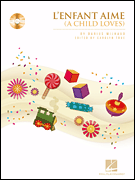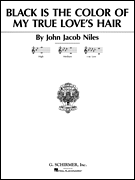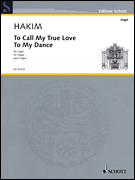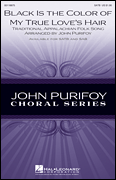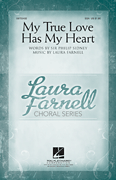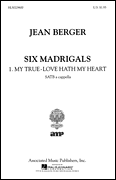Search Results for: “True Love”
Loading...
True Love's Kiss View 71 Products
True Love View 62 Products
Black Is The Color Of My True Love's Hair View 40 Products
Be True To Your School View 38 Products
True Love Ways View 21 Products
Tara's Theme (My Own True Love) View 18 Products
My Own True Love View 17 Products
I Had Myself A True Love View 13 Products
My True Love View 6 Products
Black Is The Color Of My True Love's Hair (Arr. Stanley) View 6 Products
Love That's True Will Live For Ever (Si, Tra I Ceppi) View 6 Products
You Got The Love View 5 Products
True Fine Love View 4 Products
True Love's First Kiss View 4 Products
My True Love Hath My Heart View 3 Products
Your True Love View 3 Products
How Should I Your True Love Know? View 3 Products
Traditional: Black Is The Color Of My True Love's Hair View 3 Products
1 True Love View 2 Products
Love Me True View 2 Products
Farewell My Own True Love View 2 Products
True Love Tends To Forget View 2 Products
True Love And Beautiful Music View 2 Products
I Have A True Love View 1 Product
